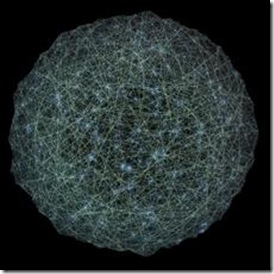By HANS H. DIEBNER
VIRAL DYNAMICS
Memetics is a controversially debated evolutionary theory of culture. The basics have been introduced by the notorious popular scientific writer R. Dawkins (1976) in his book "The Selfish Gene" as an analogy to genetics. In his view, a "meme" corresponds to a "cultural gene" that determines "cultural evolution" through its "cultural fitness." The theory affected people in either a fascinated or an averse way. This is partially because of Dawkins’ rather extreme social Darwinistic thinking and anti-religious attitude: "Religion is an evil virus of the mind." (Dawkins 2006).
Although memetics is widely regarded as an immature theory (Blackmore et al. 2000) – I agree –, it has nevertheless migrated as a fundamental paradigm into what is called "sociophysics" and "econophysics" and, more relevant for the general public, into "viral marketing" (Hermann 2004). The propagation and survival of trends, ideas, opinions, and so on – i.e., of memes – is described within the memetic approach on the basis of epidemiological models. The analogy between the propagation of memes and the spread of viruses motivated the notion of "viral marketing", which is often synonymously used for "Guerilla marketing." Innovative measures that are often related to the networked structure of the internet like the famous "Moorhuhn" video game or YouTube’s "lonlygirl" phenomenon try to brake up traditional marketing design. At a first glance, nothing reminds to advertising. Instead, the activities appear like art or other subversive activities. A gradual dissolution of the borders between art, science, and economics can be observed. Analogously, there exists an increasing community within the arts called "Guerilla art" (e.g. Bielicky 2007), which also explicitly refers to viral dynamics of word-of-mouth.
Innovative measures in marketing and design are accompanied by dynamical models and monitoring systems in order to predict trends and to intervene accordingly. IT and the internet are vital for the viral marketing success. There is no doubt that the internet has the potential to support enlightenment. The reverse of the "medal" is the growing risk for the society to be "designed."
Read the rest of this entry »
 Image 1: Low Earth-orbiting Satellites
Image 1: Low Earth-orbiting Satellites